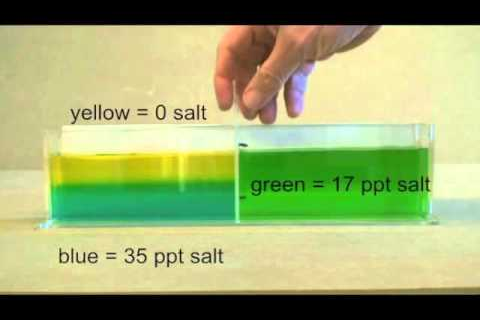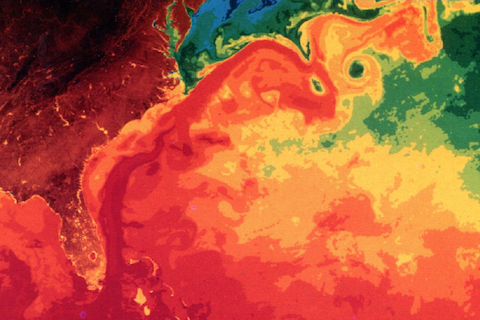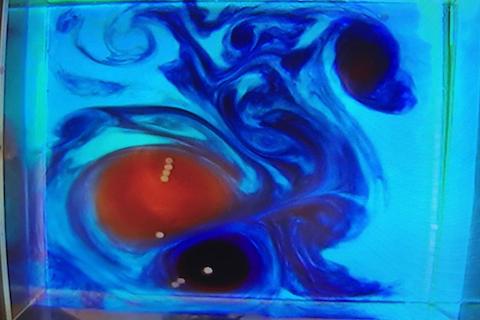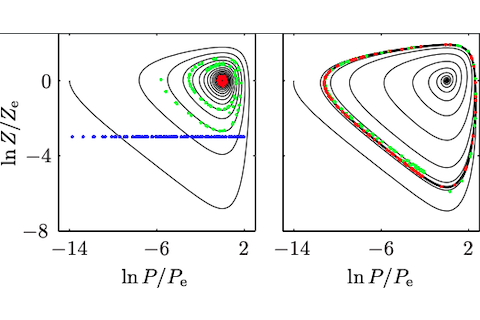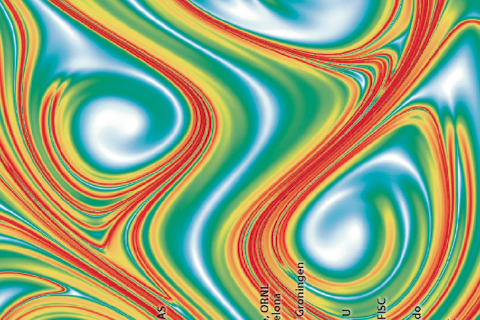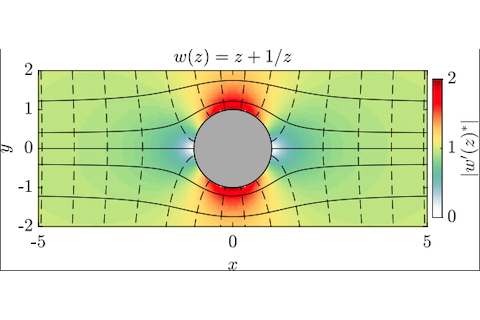Introduction to Marine Science
Geological, physical, chemical and biological processes of the world's oceans. The role of the oceans in global dynamics and man's role in and on the sea, including fisheries, pollution and ocean management. Laboratory and field exercises.
Modeling of Physical-Biological Interactions
This graduate course is designed to teach students the basics components for building coupled physical-biological models. Students will be able to understand the processes affecting from low- to high-trophic level organisms in the planktonic environment. Emphasis will be given on numerical simulations of mechanisms involved in: Plankton distribution and patchiness; Trophic interactions (NPZD); Larval behavior and transport; Marine population connectivity.
This is an introductory course on fluid mechanics, the branch of physics concerned with the study of the behavior of fluids (liquids, gases, and plasmas) either at rest (fluid statics) or in motion (fluid dynamics). It is a branch of continuum mechanics, which models matter from a macroscopic viewpoint. Fluid Mechanics has applications in a wide range of disciplines, including engineering, geophysics, oceanography, meteorology, astrophysics, and biology. Many problems are best addressed by numerical methods and using mathematical tools from nonlinear dynamical systems. Modern disciplines devoted to this are computational fluid dynamics and the theory of Lagrangian coherent structures.



